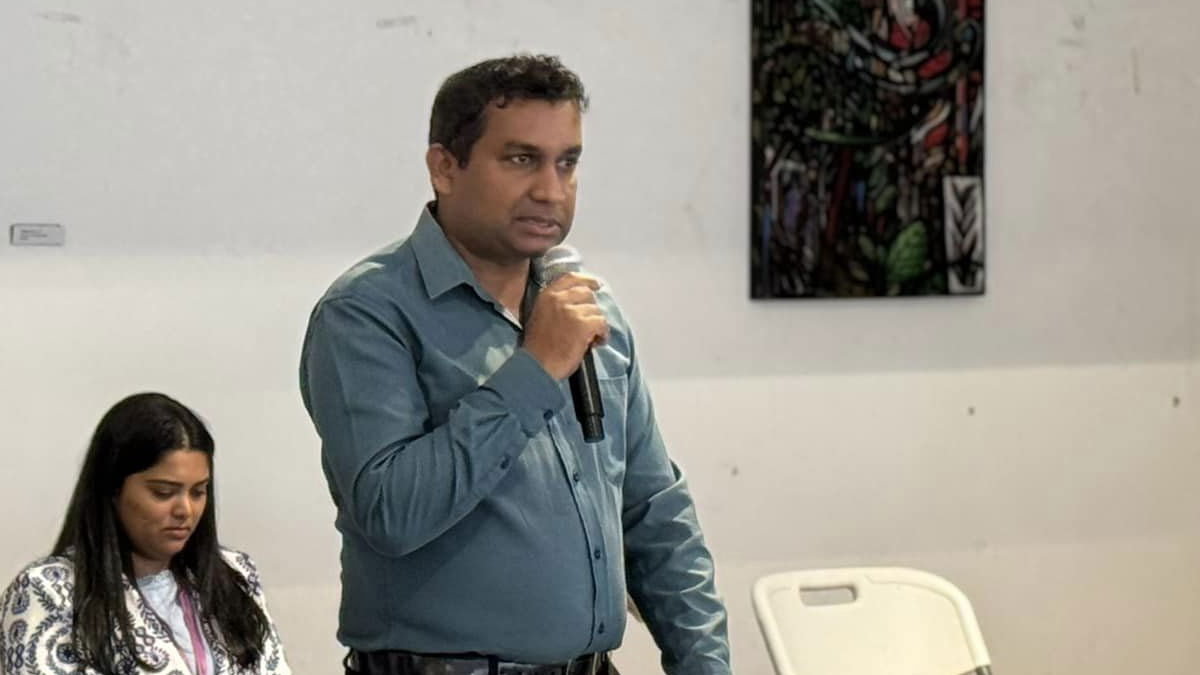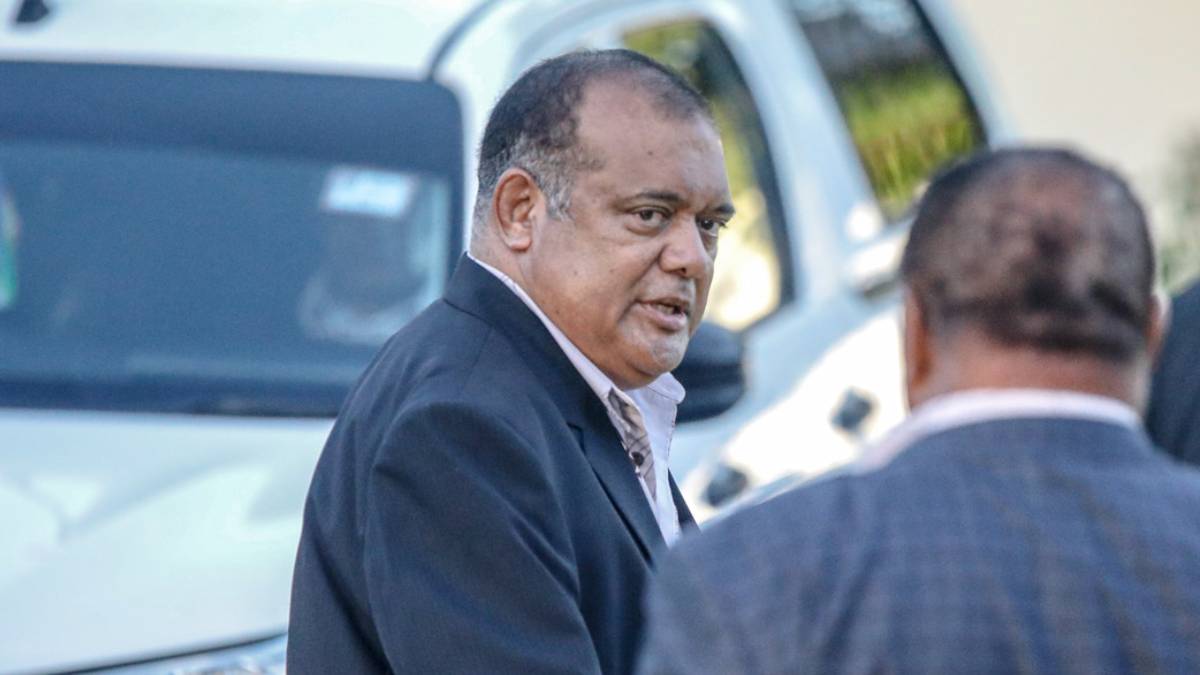
Reducing the country’s Debt to GDP ratio to 74 percent by 2029 is achievable but if the National Development Plan 2025-2029 continues to implement fiscal consolidation measures, such as increasing taxes or cutting spending, it could also potentially present challenges to the other targets that they have in the plan, which is poverty reduction.
This was highlighted by Dialogue Fiji Executive Director Nilesh Lal while speaking during the first dialogue and panel discussion on the NDP 2025-2029 held at the University of the South Pacific.
He says it is important that the targets in the National Development Plan 2025-2029 should be realistic as some of the core targets can contradict achieving other targets.
Lal says if we continue to implement fiscal consolidation measures, such as increasing taxes or cutting spending, then it will probably disproportionately affect low-income groups, and this will definitely aggravate rather than resolve the issue of poverty.
Lal adds the NDP’s target is to achieve a poverty rate of 18 percent by 2029.
He also highlighted there was a projection growth of 8 percent last year, which was highly due to the unprecedented growth of the tourism sector, but the aggregate growth of the GDP that they saw last year was only 8 percent.
Lal says according to his calculations, this essentially means that the non-tourism sectors actually shrunk by around 25 percent, which is very concerning.
Responding to what Lal raised, Deputy Prime Minister and Minister for Finance Professor Biman Prasad says they had increased the Government expenditure in the last two budgets, and the economy benefitted from strong tourism growth, plus growth in other sectors.
He says there have been a number of projects that have commenced in the last 18 months that contributed to economic growth.
Professor Prasad says 2022 was a recovery year, and it wasn’t a growth because the tourism numbers grew back, but this year, they are expecting a growth of 3 percent.
Stay tuned for the latest news on our radio stations

